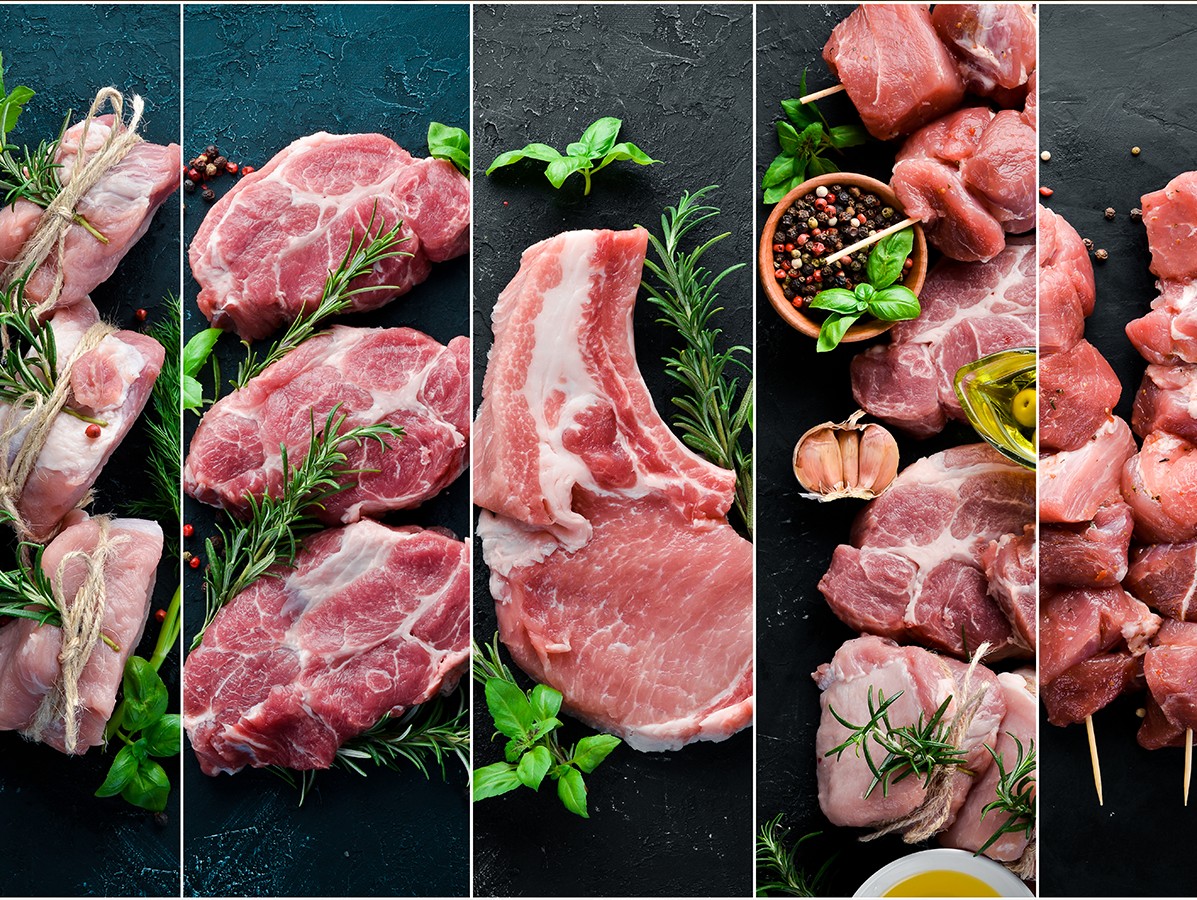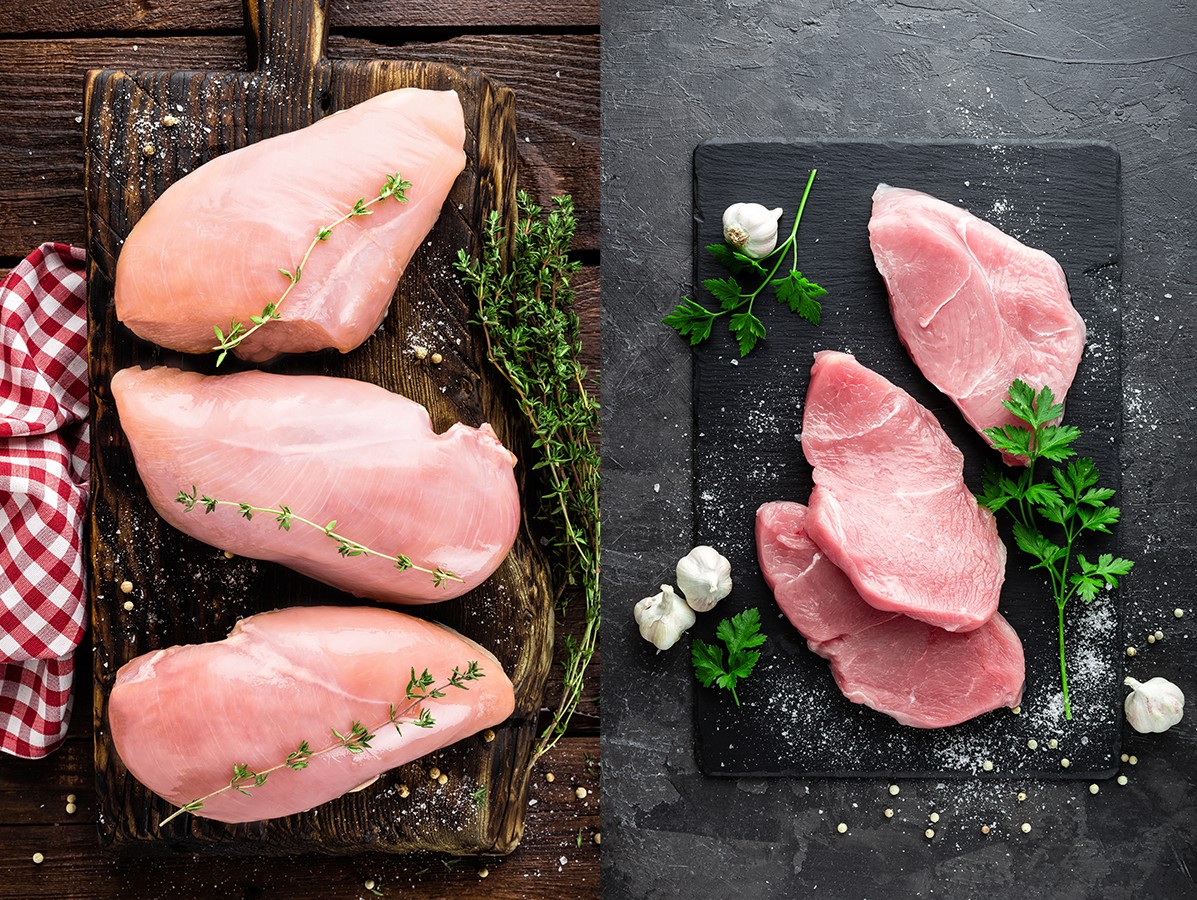
The world is changing. The digital revolution, a global focus on sustainability, concern for the environment: they also affect the food and meat industry. Themes such as ensuring food safety, preventing food waste and issues concerning the protein transition raise countless questions. For scientists around the world, this is a starting point for many research and studies. The result: innovative insights and great innovations.
During the 65th edition of the International Congress of Meat Science and Technology (ICoMST in Potsdam with the theme 'Meat for Diversifying Markets', scientists from all over the world shared their knowledge and research results with colleagues and congress visitors. Theo Verkleij, who works at Wageningen University & Research, was also present. He read a lot of abstracts and discussed them with fellow scientists, visited poster presentations and chaired a session. He wrote a report of the highlights of the congress in two parts (part 1 was published in November 2019).
New technologies are changing our world, including the food industry. The digital revolution, including the Internet of Things, big data, robotics, blockchain, virtual reality and data storage in the cloud, are having a major impact on the entire food chain. Machines collect information about processes and systems, communicate with each other and intervene automatically when necessary. All this requires high-quality sensors and equipment that can connect product, machine and process data with each other and soft- and hardware that can monitor the processes. Digitization can lead to higher productivity, better product quality and greater flexibility, cost savings and more efficient use of energy and raw materials and consumables. But it also brings dangers, such as cybercrime.
Cost saving and efficiency are reasons why substantial investments are being made in the development of workable and secure digital models and systems. A fairly new IT system that has proven itself in practice is WS (Weihenstephan Standards). The system, based on manufacturer-independent standardized data for production facilities and IT systems, has been developed jointly by the food industry and suppliers. There is now an effective model for connecting bottling and packaging plants (WS Pack), and a model for the food processing industry (WS Food). Underlying systems are DATA Acquisition Systems (SCADA) and Manufacturing Executions Systems (MES). It has been tested in various case studies in the dairy, brewery and beverage industries. During a lecture and a poster presentation at the congress, the workability of WS on a packaging line was explained, with a custom developed automatic error diagnosis. According to the researchers, in order to be able to use future cyber-physical food production systems, it is essential that the standardised information models are continuously synchronised with reality. Meat industry 4.0 is the challenge for the coming years: for the IT sector and science, but certainly also for production companies.

Back to daily reality: controlling food safety and preventing outbreaks of microorganisms. Because no matter how well the technology progresses, people still become ill by consuming raw or insufficiently heated contaminated meat or milk, or by cross-contamination through the use of kitchen utensils that have been in contact with the product. Is it possible to prevent contamination of the Yersinia microorganism by using bacteriophages? In a study on this subject, food (raw pork, milk and heated meat) was treated with bacteriophages for 72 hours. This proved to prevent bacterial growth and reduced the amount of Yersinia present by 1 to 3 logarithm. Treatment of kitchen utensils (plastic and wood) gave the same logarithmic reduction after 2 hours. The conclusion: with the use of phages it is possible to better control food safety.
Nitrite is used in the production of meat products for its antimicrobial effect on Clostridium botulinum, responsible for botulism by the production of neurotoxins. A study tested various concentrations of sodium nitrite (0, 30, 60 and 80 mg/kg) in cooked ham and sausages. The aim was to clarify the growth and toxin formation of the psychotrophic Clostridium botulinum at these concentrations. The result: the remaining sodium nitrite levels were in accordance with the usual values (1 to 10 mg/kg), so no growth and toxin formation occurred during storage of about 40 days; irrespective of the amount of nitrite added. When no nitrite was added at all, growth of C. botulinum and toxin formation was detected. Not using nitrite in the preparation of meat products therefore entails an increased risk.
In China, the ability of coagulase negative Staphylococcen to produce nitrite toxide has been investigated. This nitrite toxide can be used to prevent the growth of C. botulinum in meat products. The researchers found three different strains capable of this; S.carnosus, S.equorum and S.vitulinus. Unfortunately, it was not clear how much nitrite oxide these strains produce, but the results certainly offer a favourable perspective: apparently there are alternatives to adding nitrite to meat products.
A high oxygen concentration (70-80%) in MAP packed fresh meat ensures that the meat keeps a nice red colour during the shelf life. However, a high oxygen concentration also causes the meat to lose some of its tenderness and juiciness. By default there is a ratio of 80% oxygen and 20% carbon dioxide. In Australia, the effect on the meat when the oxygen concentration is reduced has been investigated. In this experiment they went to 40% oxygen and 40% nitrogen. The 20% carbon dioxide has been retained. After 8 days of storage at 2°C, the products were evaluated by 480 consumers. Respondents rated products packed with 80, 40 and 0% oxygen on colour, taste and quality.
In terms of colour, 40% and 80% oxygen were found to be equivalent. The quality of meat packaged with 40% oxygen was rated better than 80% oxygen. The product that was packaged entirely without oxygen was rated best on meat quality, but not on colour. As a result of this research, there are already MAP packs of lamb on the market in Australia that contain only 40% oxygen.
Abstracts and presentations can be downloaded via:
https://www.icomst2019.com/download/
Source: © Vakblad Voedingsindustrie 2020